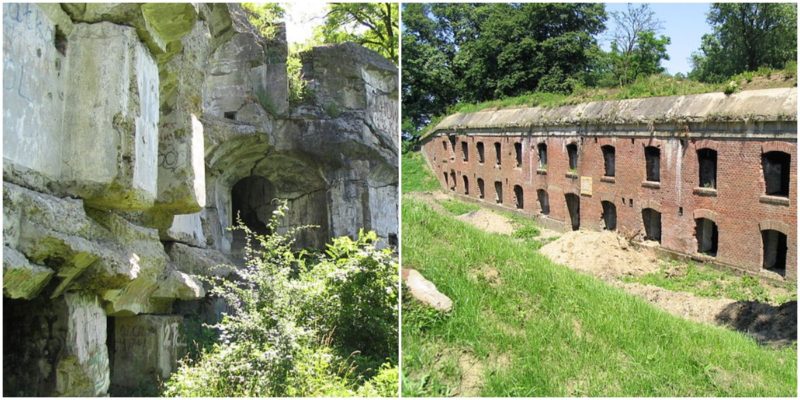“… it was not until they reached Przemyśl that, when, in the evening, the prisoners were rounded up in a destroyed fort, Švejk was able to rest in one of the stables of the fortress artillery…” – excerpt from the fourth and last volume entitled ‘The Famous Thrashing Continued’ of the novel The Adventures of the Good Soldier Švejk by Jaroslav Hašek.
The remnants of Austria-Hungary’s Przemyśl Fortress surround the city of Przemyśl, located in the southeast of Poland close to the border with Ukraine. During the Austro-Hungarian Empire, Przemyśl was a garrison city and a significant fortress.
This old fortress, which is actually a series of forts, provides an excellent journey into the military past of Europe of the days from the late-19th century and early-20th century. It was a mighty defensive complex and one of the largest fortifications in Europe. Only the fortresses in Verdun and Antwerp were bigger than the fortress in Przemyśl.
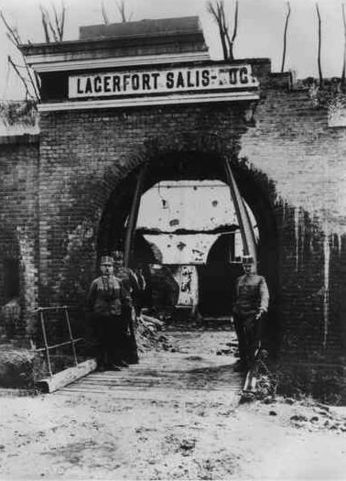
The site was first fortified during the Crimean War (1853-1856), when many European military strategists predicted that this war could spread across Europe. Its main objective was to protect the strategic Przemyśl Gate. After the Crimean War, 19 of the 41 fortified positions were finished.
Its construction continued later in 1871, then in 1878, magazines, barracks and roads were constructed inside the complex. Nine earth forts were also built at this time, and these were reconstructed and reinforced in 1881. Infantry fortifications had also been constructed by 1910. With the start of WWI the fortress was reinforced one more time, but it was never completed as it was planned.
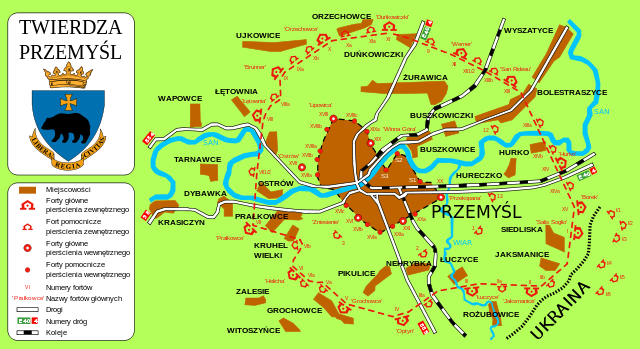
In 1914 Przemyśl Fortress had three lines of defense. The outer ring had a perimeter of approximately 28 miles with 17 main forts. The inner system was composed of 21 forts encircling the city.
At the beginning of the WWI only a small group of soldiers and officers from five infantry battalions, along with artillerymen and engineers, were stationed there. The Russians laid siege on the fortress on September 17, 1914. During an attack 4,000 Russians were killed before a large number of new Austro-Hungarian troops reached the fort in early October and pushed them back.
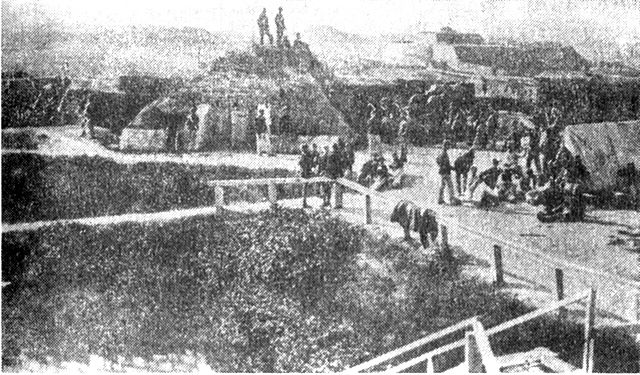
Soon the fortress was surrounded for a second time by the Russians. The second siege, known as the long lasting siege of WWI, started in November 1914.
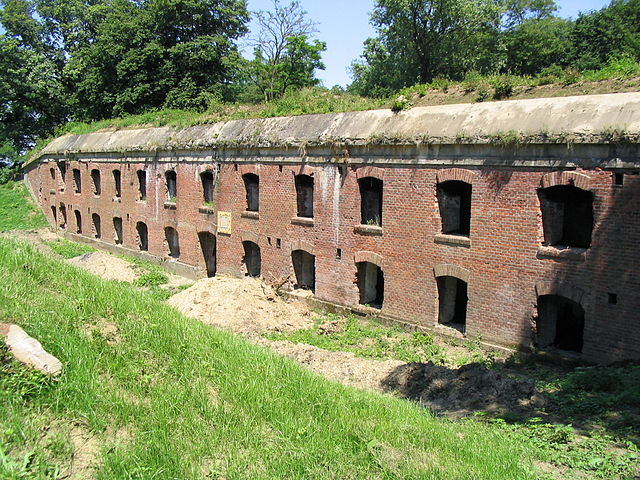
During this second siege the fortress quite successfully defended itself against the enemy for 180 days, but food supplies and the ammunition ran out and on March 22, 1915, nearly 120,000 Austro-Hungarian troops (most of them Hungarian troops) under the command of General Hermann Kusmanek von Burgneustädten surrendered to the Russians.
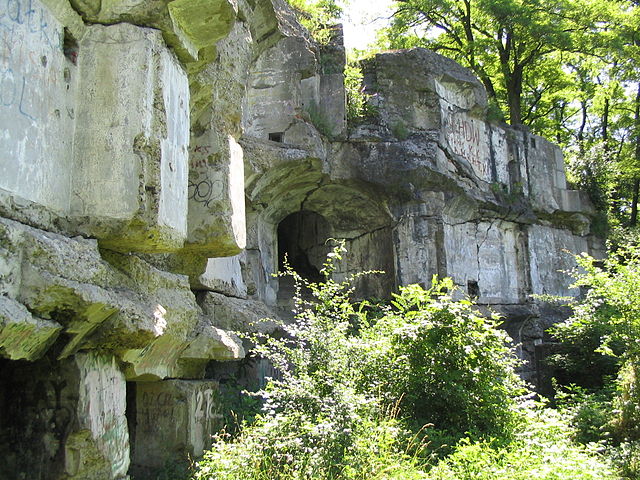
In June 1915 the fortress was attacked again, but this time the Russians were the defenders and the German and Austrian soldiers were the attackers. They captured it after laying siege.
After WWI the fortress lost its military importance and was abandoned. A few of the forts that survived the devastating WWI sieges probably were used for a short period of time during the Polish–Ukrainian War in 1918-1919.
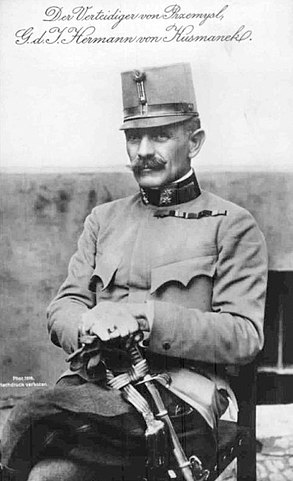
In World War II the area close by was fortified again as part of the Molotov Line, but these modern fortifications were completely new structures that had nothing with the WWI fortress. In 1968 the city authorities acknowledged the importance of this monument of the past and parts of it were preserved and opened as a tourist attraction.
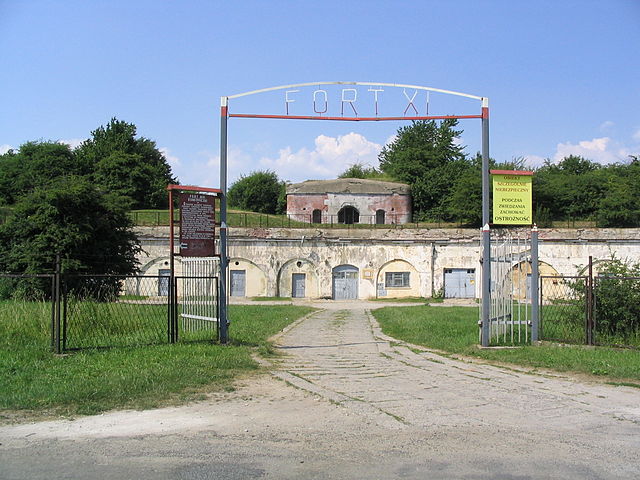
Today most of the fortifications are ruined and overgrown with vegetation. This is not surprising at all knowing the fact that a great part of them were earthworks. In fact there is an impression that parts of the ruins are work of nature and not of men. However some of the forts were built from durable material and thus somehow survived the turbulent events and the passage of time.
Fort I (Salis Soglio) in Sieliska, Fort VIII (Łętownia) in Kuńkowce, and Fort XIII (San Rideau) in Bolestraszyce are probably the best remaining fragments of this once mighty stronghold.
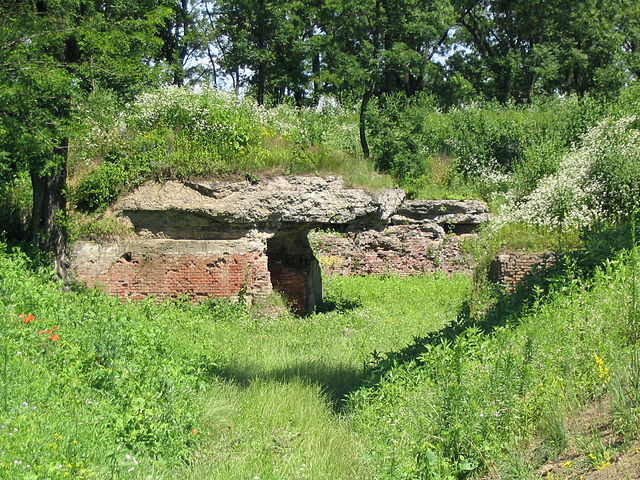
The site is also a place of interest of the lovers of literature. The Czech writer and satirist Jaroslav Hašek placed parts of his unfinished novel The Good Soldier Švejk in Przemyśl. The Przemyśl Fortress is one of the main scenes and crucial for the action in the volume 4 of this novel.
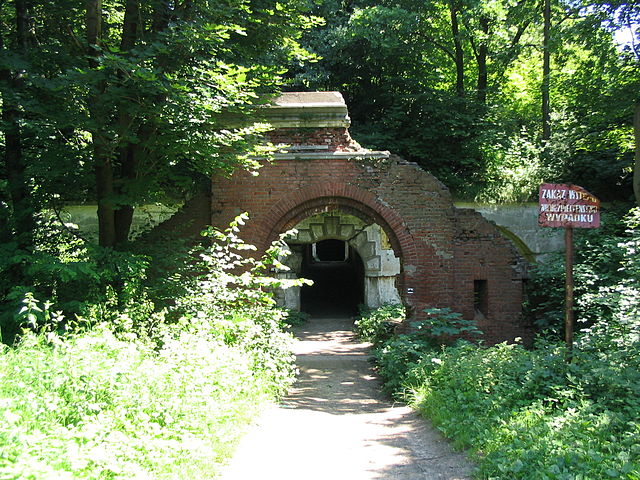
Actually Švejk, the unfortunate character of this satirical dark comedy, spent 4 days and 5 nights in prison in the fortress. He was arrested as a Russian spy by his comrades in arms, after dressing in a Russian uniform out of curiosity. The story continues that Švejk is escorted to one of the destroyed forts in the inner ring of fortifications where he is accommodated in some abandoned stables.
More than two chapters are dedicated to the city of Przemyśl in this book, which is the Czech Republic’s most translated book.
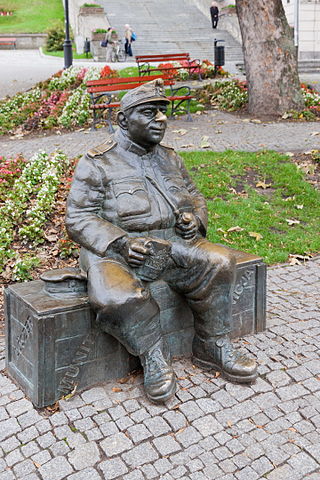
In order to attract more tourists, the city authorities of Przemyśl took advantage of the interesting connection between the fictional character and their city. Signs from the popular comical illustration of Švejk by the Czech artist Josef Lada were placed around Przemyśl.
There is also a statue of Švejk on Rynek, the main market square, which is adjoined to the Old Town. The annual Grand Maneuvers of the Przemyśl Fortress through various events promotes the character of Švejk and this popular festival attracts thousands of visitors from around the world.
